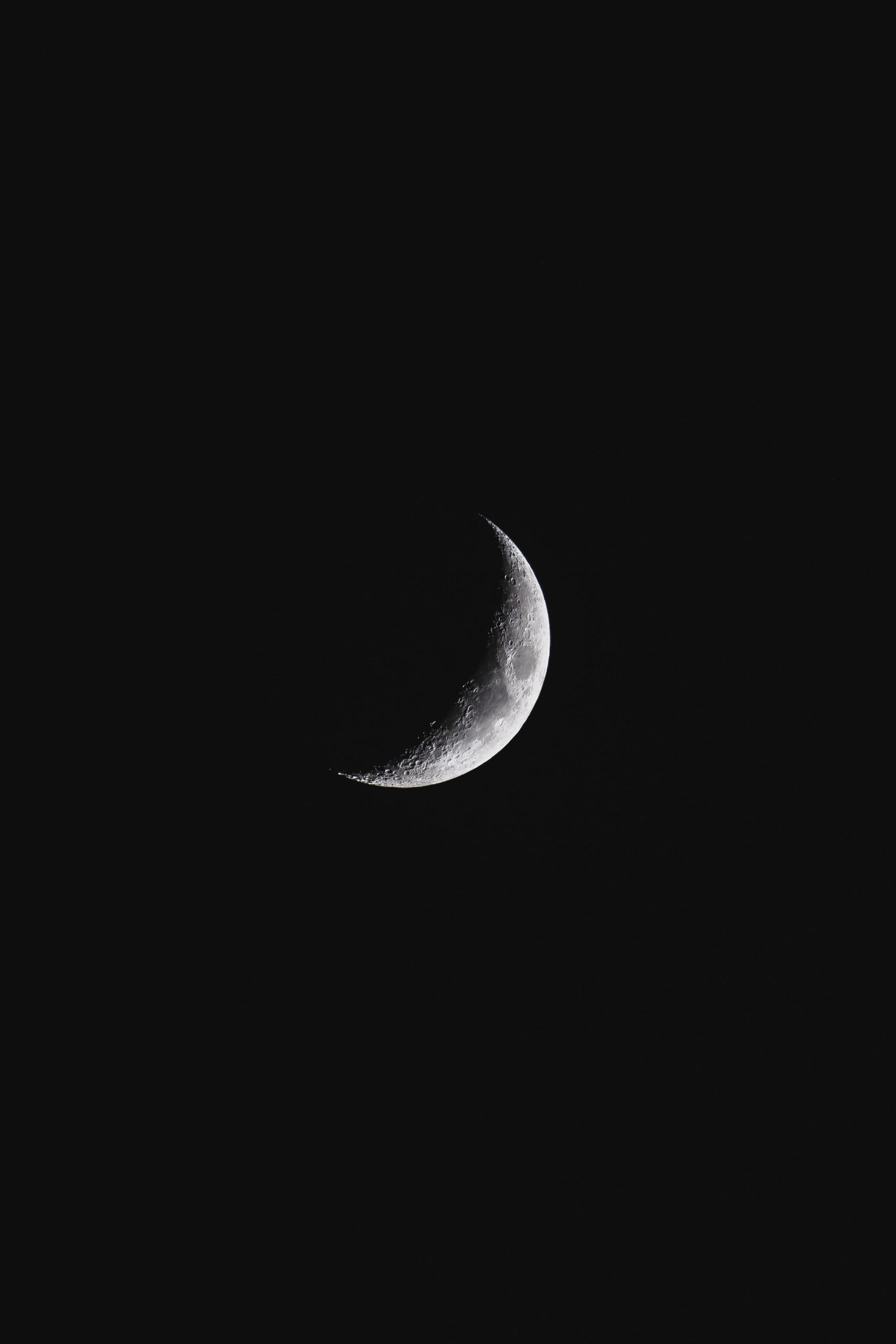What Makes the Moon Rotate Around the Earth?
Have you ever wondered what causes the moon to revolve around the Earth? It’s a fascinating concept that has intrigued scientists and stargazers alike for centuries. In this blog post, we’ll dive into the mechanics behind the moon’s movement, exploring the gravitational forces, orbital dynamics, and other factors that contribute to this mesmerizing celestial dance.
The Moon’s Gravitational Relationship with the Earth
One of the primary reasons why the moon rotates around the Earth is the force of gravity. Gravity is the force that attracts two objects with mass towards each other. In this case, the Earth’s mass creates a gravitational pull that keeps the moon in its orbit.
The combination of the Earth’s mass and the moon’s distance from it determines the strength of this gravitational force. While the gravitational pull of the Earth affects everything on its surface, it’s particularly influential on objects that are in close proximity, such as the moon.
It’s important to note that both the Earth and the moon exert gravitational forces on each other due to their respective masses. This relationship creates a dynamic equilibrium, resulting in the moon orbiting around the Earth.
The Moon’s Orbit and Centripetal Force
Another key component in understanding why the moon rotates around the Earth is the concept of centripetal force. Centripetal force is the force that keeps an object moving in a curved path, directing it towards the center of its orbit.
In the case of the moon, the centripetal force is provided by the gravitational pull of the Earth. This force pulls the moon towards the Earth’s center, creating a curved path that allows the moon to continue rotating around it.
To visualize this, imagine swinging a ball attached to a string around your head. The tension in the string acts as a centripetal force, keeping the ball in motion and preventing it from flying off in a straight line. Similarly, the gravitational force between the Earth and the moon acts as a centripetal force, keeping the moon in its orbit.
Newton’s Law of Universal Gravitation
To further understand the moon’s rotation around the Earth, we need to explore Newton’s Law of Universal Gravitation. This law, formulated by Sir Isaac Newton in the late 17th century, describes the gravitational force between two objects.
Newtons’ Law of Universal Gravitation states that the force of gravity between two objects is directly proportional to the product of their masses and inversely proportional to the square of the distance between their centers.
In the case of the moon and the Earth, the Earth’s mass is significantly greater than the moon’s mass. As a result, the gravitational force exerted by the Earth is much stronger, causing the moon to orbit around it.
In accordance with Newton’s Law of Universal Gravitation, the moon’s orbit is influenced by its distance from the Earth’s center as well. The further the moon is from the Earth, the weaker the gravitational force becomes, affecting the size and shape of its orbit.
Effects of Other Celestial Bodies
While the Earth’s gravitational force is the primary factor contributing to the moon’s rotation, it’s essential to consider the influence of other celestial bodies, such as the Sun and other planets in our solar system.
The Sun, being significantly more massive than the Earth, exerts a gravitational force on both the Earth and the moon. This force can disrupt the moon’s orbit, causing variations in its distance from the Earth over time. These variations are responsible for phenomena such as lunar eclipses and the changing size of the moon throughout its orbit.
Additionally, the gravitational influence of other planets in our solar system can also affect the moon’s rotation around the Earth. While these effects are relatively minor compared to the Earth’s gravitational pull, they are still worth considering in the context of understanding the moon’s movement.
In Conclusion
The moon’s rotation around the Earth is a complex interplay of gravitational forces, centripetal force, and celestial dynamics. The Earth’s gravitational pull keeps the moon in its orbit, while the centripetal force ensures that it follows a curved path. Newton’s Law of Universal Gravitation further explains the relationship between mass, distance, and gravity.
While the moon’s rotation around the Earth may seem simple at first glance, a deeper understanding of the mechanics involved reveals a beautifully intricate dance between celestial bodies. It serves as a reminder of the awe-inspiring wonders of our universe and the profound forces that shape our cosmic neighborhood.
Table of Contents
